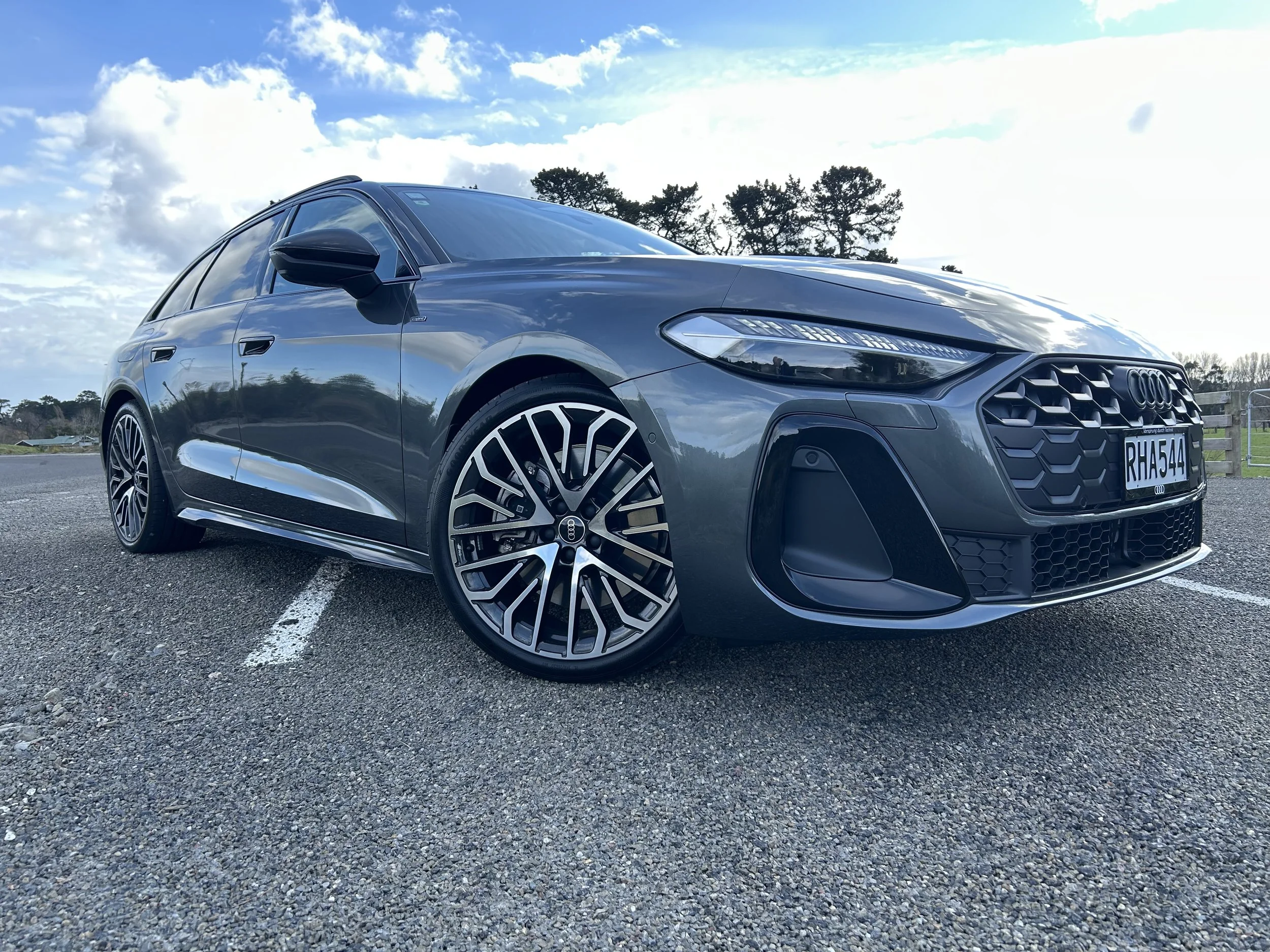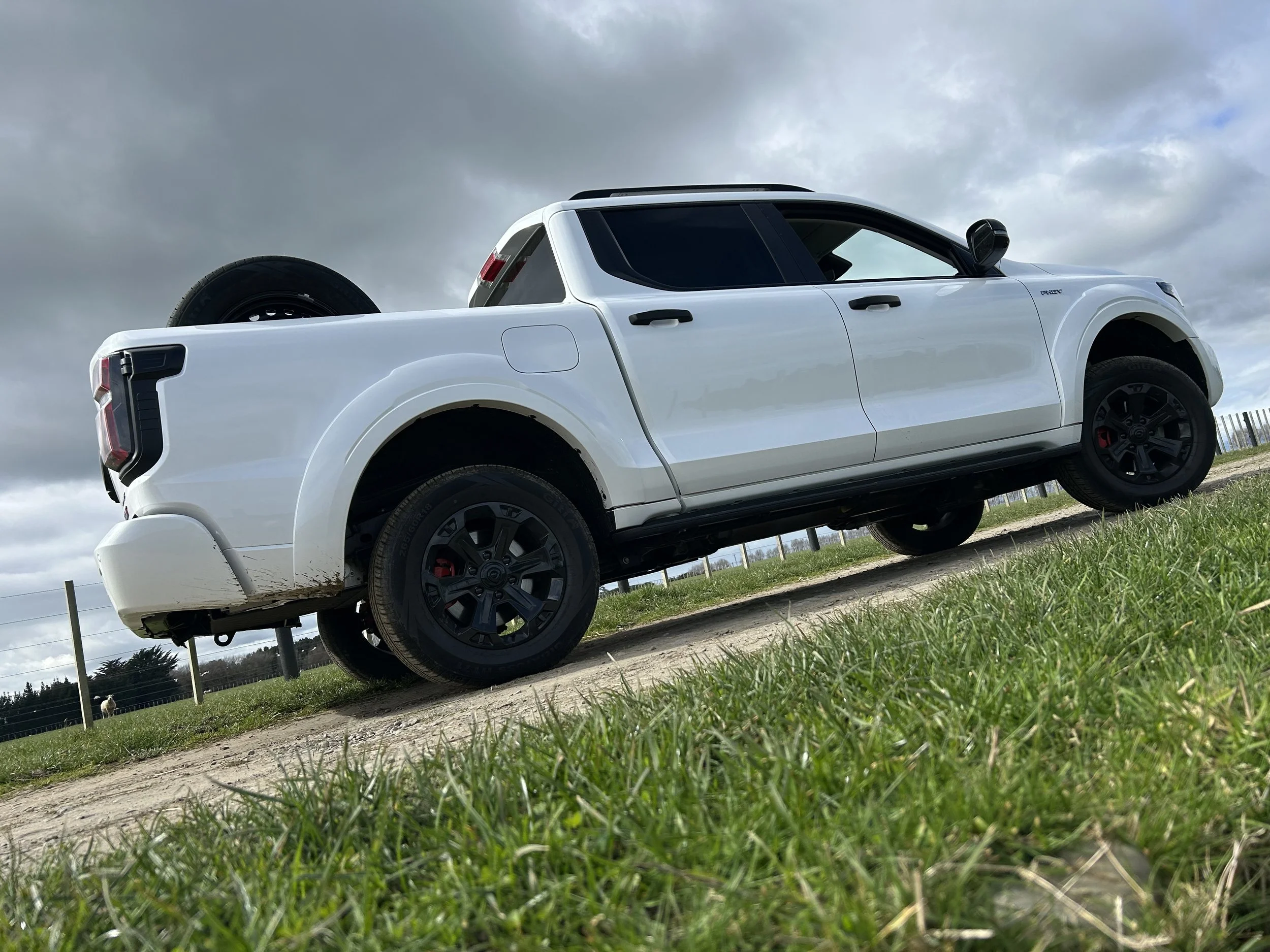TNZ boasts market-beating emissions counts
/The market leader and its luxury offshoot are cleaning up among car brands when it comes to CO2 emissions.
RAV4 hybrid has been a huge success for TNZ
COMBINED average fleet emissions from Toyota and Lexus product sold here are already below the national standing and should fall even more in coming months.
This contention comes from the brands in a spruik relating how its hybrid models are achieving increasing popularity, in part driven by enhanced fleet interest.
Toyota and Lexus say their combined carbon dioxide emissions profile year to date stands at an average of 167.5 grams per kilometre. The industry average across all manufacturers is sitting at 175.9g/km year to date, the makes claim.
Toyota New Zealand says introduction this month of the new Yaris in its hybrid state will further reduce Toyota’s fleet emissions profile. The car is claimed to deliver fuel efficiency of 3.3 litres per 100km and emissions of just 76g/km in optimal test conditions.
The Palmerston North-based market leader says it is selling, on average, 15 hybrid models a day.
It also states that it has gone from selling 1337 hybrids in 2017 to 5159 in 2019 and is on track to increase further in 2020, with 3627 petrol-electric cars sold by the end of July.
Neeraj Lala, chief executive officer for Toyota and Lexus here, says parent Toyota Motor Compnay in Japan is on a mission to reduce greenhouse gases.
Neeraj Lala is pleased with his brands’ increasing petrol-electric presence.
“It’s satisfying to report that the high number of hybrids sold is helping Toyota achieve two objectives – reducing our overall emissions as a brand and helping us support the New Zealand Government’s target to reduce gross carbon emissions by 30 percent by 2030.”
“CO2 reductions are a journey for Toyota and our customers,” he says.
“This is why hybrids help us achieve reductions as we transition to alternatives when supply, infrastructure, and demand is ready.
“The customer transition has been more evident as the new generation of hybrid have the capability to outperform traditional petrol alternatives.”
One particular hybrid hit has been the RAV4, with demand outstripping supply. Forty-nine percent of the 8313 examples sold since the model released in March 2019 have been with the hybrid drivetrain and interest has grown this year to the point where those types accounted for 81 percent of RAV sales in July. That translates to 2141 units.
TNZ cited an example of one customer, beverage supplier Frucor Suntory, being so convinced by hybrid technology it is transferring its entire Australasian fleet to the battery-electric RAVs.
The Griffin’s Food Company has also adopted a Toyota hybrid fleet for its vehicle eligible employees while Silver Fern Farms has a fleet of 39 Toyota RAV4 Hybrids.
Lala says that while the extra technology required for a hybrid vehicle makes the car more expensive to build, but Toyota has intentionally kept the price differential between a petrol and hybrid versions of vehicles minimal.
“We deliberately keep the price difference down as we genuinely want people to access our fantastic hybrid options,” says Lala.
“We have seen through customer demand for hybrids that our pricing strategy has paid off.”
Yaris hybrid is expected to be influential for the remainder of the year.



















